There will come a time in every person’s professional, or personal life, where they just cannot keep up with every task they have going on. It happens to us all and there comes a point where your desk, or fridge, can no longer hold any more sticky notes. What then?
Welcome to the wonderful world of online organizational tools. It is an organized, and addicting, world that helps keep everything on track. This world has many options for different platforms that can create some sense of balance in your life, so which one is the best for you?
We could write a 15-page blog on all the different platforms that offer these services, but instead, we will just focus on two; Asana and Trello. These two platforms help keep all of your work and ideas in one convenient place, but differ in the services they offer.
Trello
If the name itself does not bring a small smile to your face then the layout of Trello most definitely will. Trello is visually captivating and allows you to see a complete thought process all on one screen.
Trello is a card-based project tool that mimics the visual of sticky notes on a chalkboard. You can add color or photos to make the board more visually interesting, or you can keep it simple with the basic layout. The idea behind Trello is to visually be able to see the “do”, “doing”, and “done” stages of your project.
You can move your note to different areas of the board to correlate where you are at in completing the task. Each note is customizable and allows you to create lists or assign due dates based on the specific task. When someone is assigned to the board they are then notified when something happens within the board.
If someone is not associated with a board or task then they will not be notified when a change occurs, but they will still have access to everything within the board. This is ideal for Project Supervisors and their employees because they are able to oversee everything that is happening for a certain project in one place, but the employees do not get overcrowded with notifications.
Each person is also given the opportunity to tag another person with a Trello account on their boards or notes. They simply @ another person and Trello sends the tagged person a notification in Trello, as well as an email.
Trello has three different pricing options; Free, Business Class, and Enterprise. The free version does not have any limits in the amount on the team size and can be used for any basic project. The Business Class and Enterprise options, however, are ideal for larger projects that require high organization. They allow more personalization and powerups to really make your boards customizable.
While Trello is a pretty amazing software that is user-friendly it does come with cons. In larger project settings Trello can be pretty overwhelming. It does not have a workflow that is particularly easy to follow along with multiple people on boards. So, if you have a large project or a team of people working together, Asana might be the way to go.
Asana
The world of Asana is visually drastically different than Trello. It creates a more task-oriented approach, where people are able to see tasks in the order, or timeframe, that they are to be completed. Each task can also be color coordinated with its due date, to allow for people to easily see if they are on track or not.
Asana creates a clean workspace that shows tasks that the individual is responsible for and no one else. You do not need to look card after card to see what task is yours, or when it needs to be completed. Instead, when you log in to Asana you are taken to My Tasks, which allows you to see exactly what projects are upcoming and the order they need to be completed in.
Another feature included is the calendar/timeline format that allows you to see all your tasks due dates in a monthly form. If you are not catching our drift here, Asana keeps things really organized and allows for clear communication with your team when tasks are to be completed. If a task goes over a deadline then the person is notified and the task is marked in red to indicate it is overdue.
Like Trello, Asana also offers a free version, followed by Premium, Business, and Enterprise plans. The free version only allows up to 15 people per team, as opposed to Trello where team members are unlimited. The paid versions include options such as an admin console, private teams or projects, custom fields, and proofing.
Asana helps facilitate a better workflow with more complex projects but due to that complexity, it does require a steeper learning curve. It is pretty hard to jump right in and pick up exactly how Asana works in a short period of time. It will require more training and hands-on learning, to ensure employees are educated on how to navigate the workspace.
Both Trello and Asana easily solve the problem of having a clear, designated workspace where tasks can be divided out among people clearly. Trello is perfect for a smaller team, or individual, whose tasks are not too complex and can be easily sorted through; while Asana is more suited to a larger team with more complex, recurring tasks. Trello is also geared more towards people looking for an easy, low learning curve while Asana is geared more toward professionals, with a higher learning curve.
All in all, you cannot go wrong with either of these platforms. We personally use Asana here at Monkey VA and find it works best for the number of tasks and contractors we have. Still unsure of the right organizational platform for you? Or just want to completely outsource all your projects? Reach out to Monkey VA today and we can guide you in the right direction.



